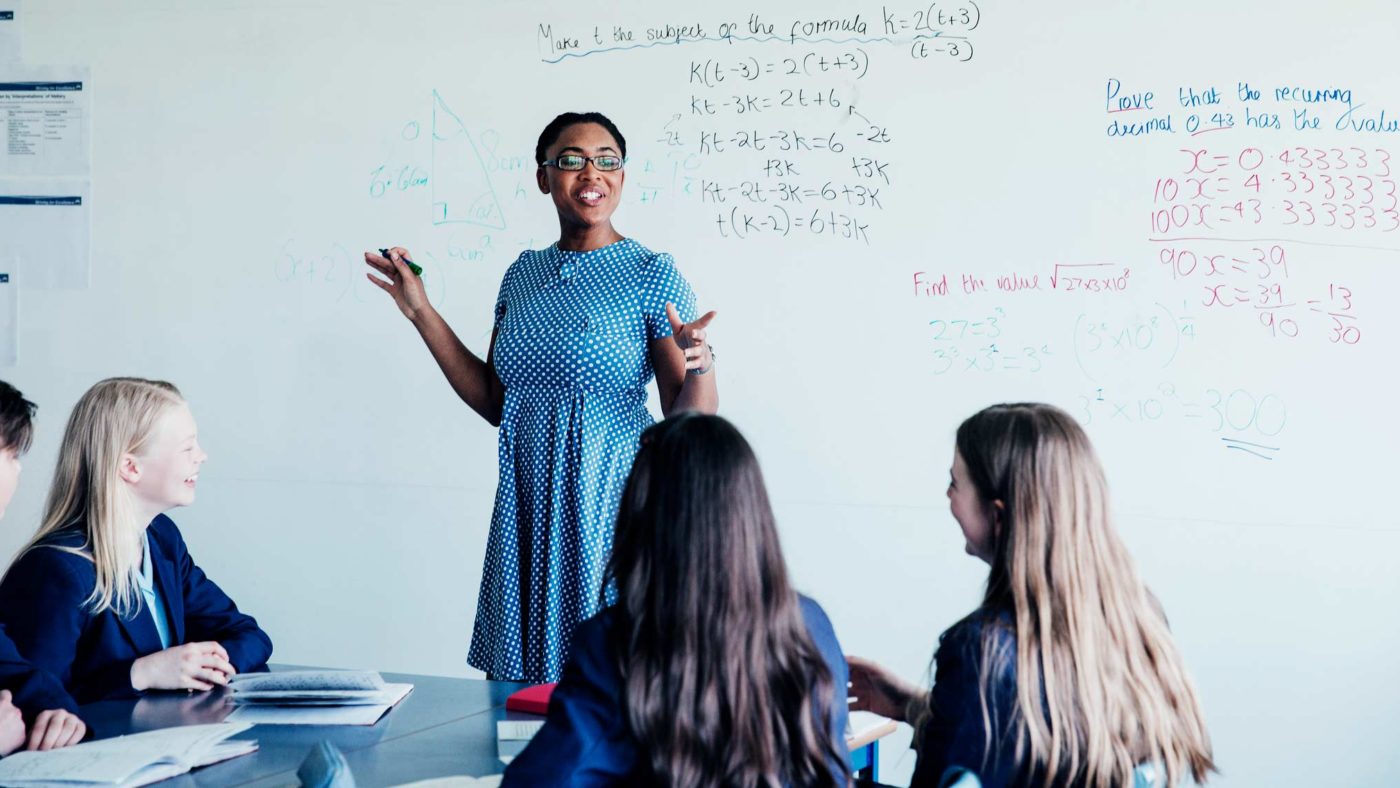For tens of thousands of teenagers the anxious wait to find out their GCSE results is over. Those students can enjoy what remains of the summer holidays – and judging by the rise in the proportion of students being awarded the top grades, they have earned a good break.
As ever on results day, certain schools stand out from the crowd. Take the Michaela Community School in Wembley, which has only been open since 2014. In every subject taken, over 50% of exams were graded 9-7 and over 50% of all pupils achieved grade 7 or above in 5 subjects. One in four pupils achieved grade 7 or above in every subject they took.
Those results give Michaela an estimated Progress score of +1.5, which would place it firmly in the top ten schools in the country based on last year’s results. Similarly impressive results can be found at the West London Free School, where 51% of all grades were 7 or above and an impressive 12% were grade 9. What is particularly striking about both Michaela and WLFS is that they are both free schools.
Free schools were brought back in 2010 during Michael Gove’s transformative spell as Education Secretary. As we approach the ten-year anniversary of the programme, it is clear that the policy will go down as a major Conservative success. The success of schools like Michaela only reaffirsm this.
It’s not just the academic track records of free schools, but the way they act as drivers of innovation within the education system. A host of successful new approaches have been introduced and adopted such as at the Saracens High School in Barnet, a school sponsored by Saracens Rugby Club, which offers its pupils state of the art sporting facilities.
Despite its achievements, there is no room for complacency. A recent report for the Centre for Policy Studies, written by Tory MP and Michaela co-founder Suella Braverman, issues a stark warning that the free schools programme is at risk of withering on the vine and stalling altogether.
Free schools were originally envisioned as a way to increase the supply of good school places, by allowing groups of teachers, parents, and community-minded locals to set up new schools when they felt existing provision was inadequate. This would therefore create an education system based on genuine choice and freedom. More recently, however, rules have been brought in that limit free school openings to areas where there is a shortage of school places only.
By creating barriers to opening free schools the education system is at risk of losing the innovation and competition they bring – not to mention their amazing academic track record. These barriers need to be ripped up so that we have a demand-led education system that is responsive to local needs.
At the current rate of opening there will be fewer than 500 free schools in England by May 2020. If the Government is serious about the future of free schools – and, indeed, education more broadly – they need to revert to the original ethos of the programme.
The new Education Secretary, Gavin Williamson, has promised to drive up school standards through the ‘three Fs’ – free schools, funding and further education. The free schools programme is clearly seen as a priority for Boris Johnson’s government and Williamson has made it clear that more needs to be done to protect it. For supporters of free schools that can only be good news.
CapX depends on the generosity of its readers. If you value what we do, please consider making a donation.


